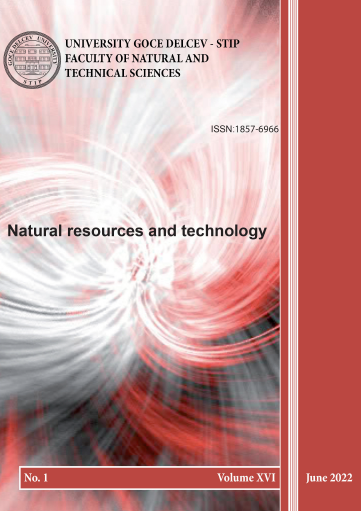APPLICATION OF NAKAMURA METHOD IN INTERPRETATION OF SHALLOW GEOLOGY
DOI:
https://doi.org/10.46763/NRT22161027sKeywords:
earthquake records; strong motion (SM) analysis; Nakamura methodAbstract
In order to examine the shallow geology under the site of the Skopje Seismological Observatory (SKO), Nakamura technique was used on a set of selected seismic records from its strong motion instruments. The assessment of site conditions and amplification behavior was performed under different input levels of seismic ground motions. The datasets for analysis consisted of three types of seismic registrations: the first type were the microtremor measurements, the second type was a nearby man-made explosion and the third type was a moderate size local earthquake with magnitude ML5.3 which occurred on 11th of September 2016.
Horizontal vs. vertical ratio of the components recorded for all three types of source vibration were calculated. Similar predominant peaks and frequency distribution were observed when records from the local earthquake, the explosion and the ambient noise were analyzed.
The results of the analysis with Nakamura method were compared with interpretations from the geological and geotechnical maps at the station location. Our findings support the idea that such geophysical methods can detect the underlying structural profile to a first approximation and can be used to develop consistent velocity models for large areas without expensive drilling schemes.

.png)

